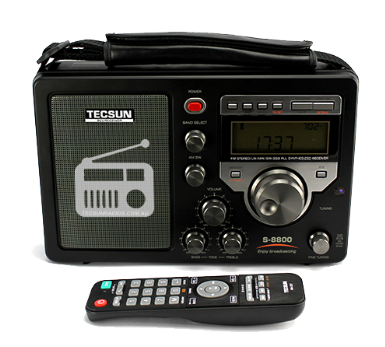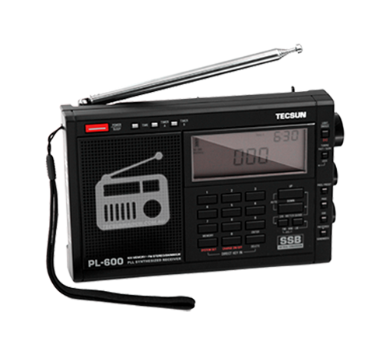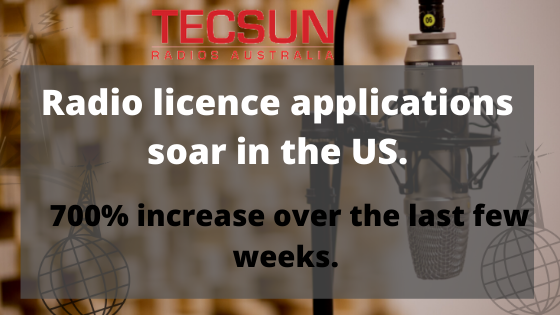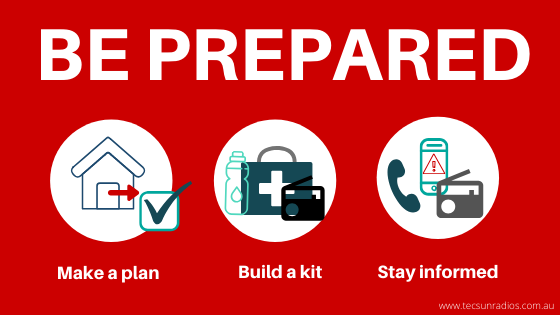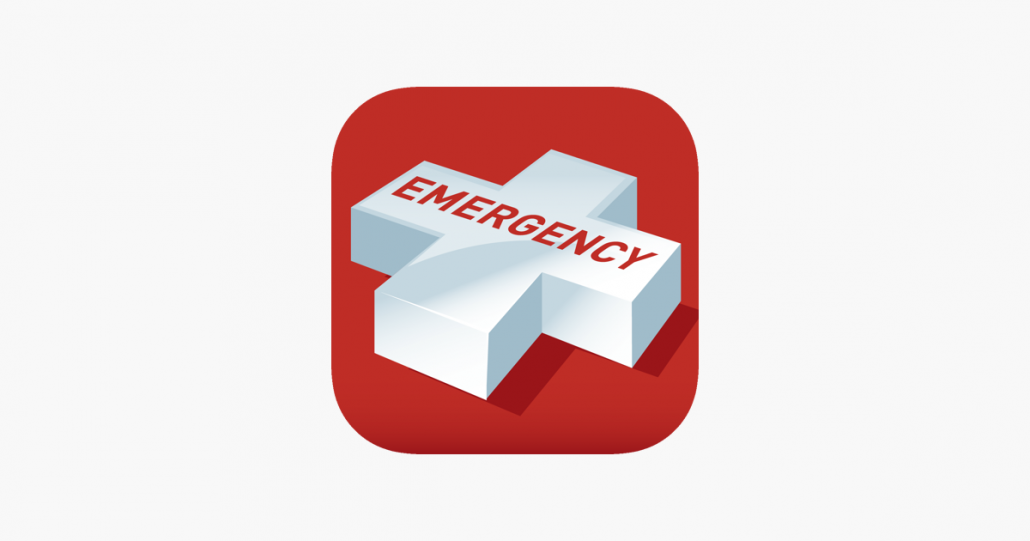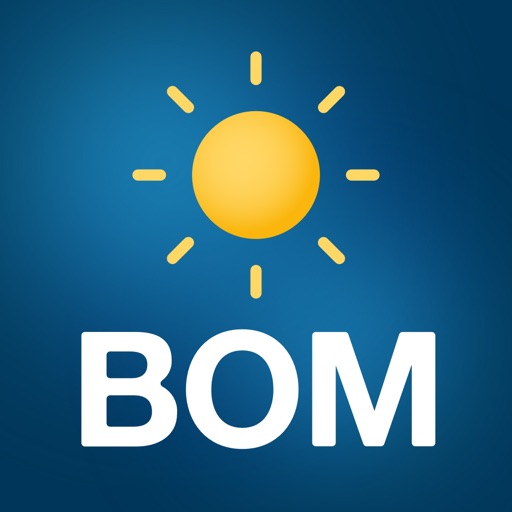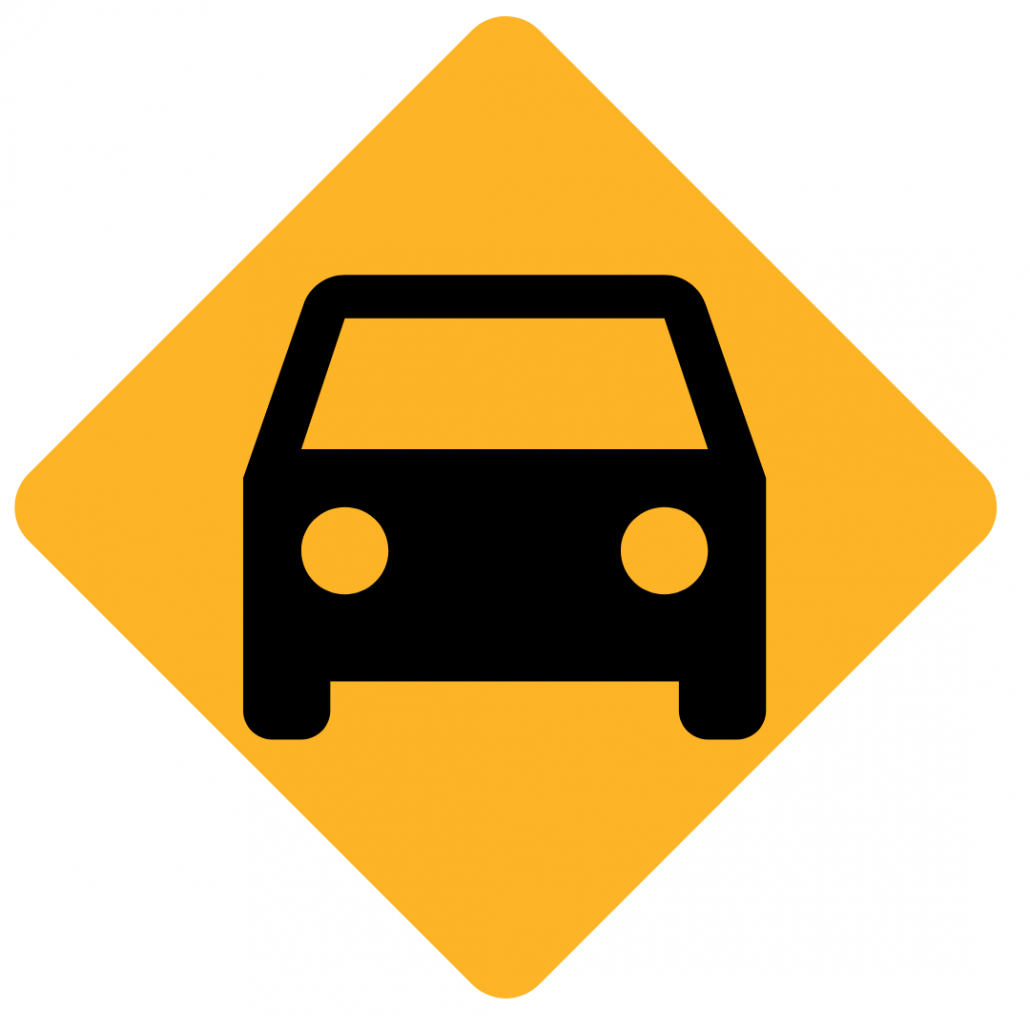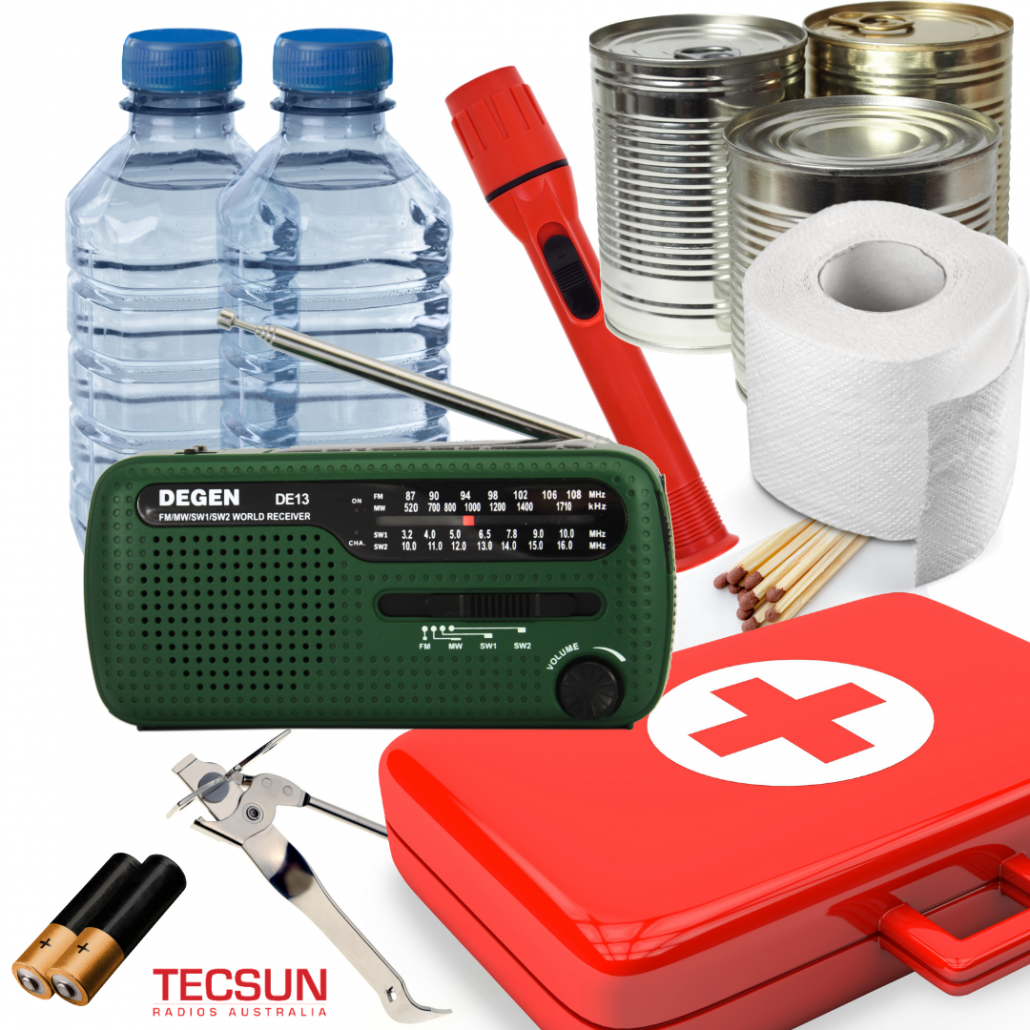
The future of Shortwave is looking bright as the BBC Shortwave transmissions service of two decades ago is being revisited.
In a time where people are distancing themselves and experiencing isolation. Shortwave may just be what the world needs to unite all cultures!
People who enjoy shortwave and for those who are interested in shortwave radio something interesting has emerged from the High Frequency Co-Ordination Conference (HFCC), a non-governmental association.
Due to the fact that many of the old transmitters needed to be replaced or upgraded a decision to revisit the need for shortwave and consideration to re-launch the BBC shortwave broadcast service (cut 20 years ago) has been undertaken. Modern technology allows greater coverage and lower operating costs, re-energising the enthusiasm for shortwave broadcasting.
Even in this high tech world, there are still so many developing and free world countries relying heavily on Shortwave radio. Not everybody in the world has smart phones, broadband, connected cars or enough disposable income.
Shortwave defies cultural, religious and geographical barriers, Shortwave is free and unlike most platforms available it can be consumed anonymously.
For some countries, much of their information and media is censored, so receiving updates through shortwave from neighboring countries can be the only source they can access.
Many, especially in North Korea which are rated as the second most censored country in the world, tune in to cross border broadcasts despite serious consequences if caught by the Kim Jong-Un regime.
The BBC Shortwave transmission services used to broadcast to most of the world, over time however, many were cut, limiting broadcasts to larger audiences in Africa and part of Asia.
Currently, the major shortwave broadcasters are BBC, Voice of America, All India Radio, China Radio International, Radio Japan, Radio Romania, Radio New Zealand, Radio France International, Radio Taiwan International, KBS Korea and Voice of Turkey and many more.
Reinstating the previous BBC Broadcasts would mean the world of shortwave could be enjoyed cross culturally again especially in a time where boarders are closed to each other and people are feeling isolated.
“Shortwave is just short of a miracle, actually. When it is beamed at an angle, it hits the ionosphere. A mirror around the Earth and then it falls like a ball at great distances, beyond the horizon. Thus these transmissions reach listeners over large areas, continents and beyond. Two or three high-power transmitters can potentially cover the entire world.”
Ruxandra Obreja ( chairman of Digital Radio Mondiale.)
Are you looking for a radio whilst self isolating that is capable or shortwave listening?
Here are our picks.
Tecsun S-8800 High Performance AM/FM Radio. A true Broadcast Listeners Receiver designed to provide maximum performance on the AM (MW) bands, allowing listeners to receive fringe AM radio stations with unmatched audio clarity
Tecsun PL600 World Band Radio provides reception of the shortwave, medium wave, long wave, and FM broadcast bands. The Tecsun PL600 World Band Radio’s PLL synthesised design ensures excellent frequency stability.
To shop the full range of our radios and antennas, click HERE



